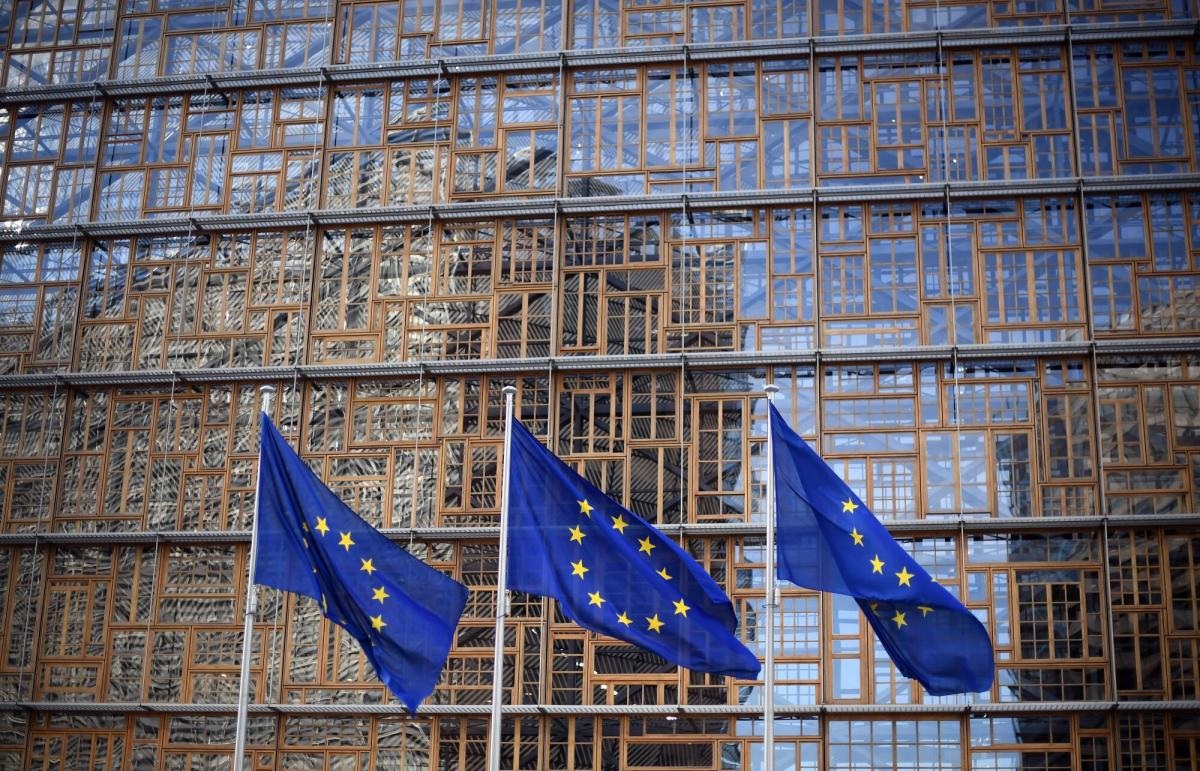EU plans to boost power of border agency Frontex raise eyebrows
Euronews – Brussels wants to expand and strengthen the mandate of Frontex, the EU’s border control agency, to increase the return of asylum-seekers and migrants whose applications to stay inside the bloc are rejected.The EU continues to struggle with a low rate of voluntary returns due to fragmented procedures, disagreements between member states and insufficient cooperation from non-EU countries, all of which complicates efforts to manage migration.
In 2019, EU countries issued more than 490,000 return decisions, but just a fraction of those chose to leave and go back of their own will.”Only about a third of people with no right to stay in the EU return to their country of origin, and of those who do [return], fewer than 30% do so voluntarily,” said Ylva Johansson, European commissioner for home affairs.
With the aim of improving this, the European Commission presented a new strategy on Tuesday, which includes a new mandate for Frontex, which, according to Margaritis Schinas, EC vice president, will effectively become “the EU’s return agency”.Through its enhanced powers, Frontex will be able to support EU countries “in all stages of the voluntary return and reintegration process, including pre-return counselling, post-arrival support and monitoring the effectiveness of reintegration assistance”.
Frontex will appoint a deputy executive director to lead a department dedicated to returns.
Doubts over Frontex
The move immediately raised eyebrows: Frontex is currently facing separate investigations by the European Parliament; OLAF, the EU’s anti-fraud office; and the European Ombudsman, Emily O’Reilly.The agency is being probed over harassment, misconduct and unlawful operations aimed at stopping migrants from reaching EU shores via Greek waters.
“It’s very risky to give additional roles to Frontex, particularly in third countries where Frontex operations tend to be quite opaque and where there is a risk that Frontex runs a sort of parallel foreign policy,” Catherine Woollard, director of European Council on Refugees and Exiles (ECRE), told Euronews.
“On the question of returns, in particular, we know return operations are a particular area where there is a risk of violations.”Both Johansson and Schinas were quick to dismiss criticism, saying the agency is “well placed” to take on the task and will carry out its responsibilities in a “European, human and value-driven” manner. The ongoing investigations are no reason “to put the actions of Frontex on hold”, Johansson said.
“Frontex knows how to do [its] job,” Schinas quipped, a nod to the internal inquiry that has so far found no proof of misbehaviour. “We will not accept this Frontex bashing that comes so cheap,”In recent years, the agency has seen its capabilities reinforced on several occasions. Its budget has gone from €142 million in 2015 to €460 million in 2020.
What are voluntary returns?
The European Commission defines voluntary return as “the assisted or independent return of a person who does not have the right to stay in the EU to their country of origin or transit, based on their own free will”.Member states can offer assistance, like covering an applicant’s travel expenses or cash handouts, to encourage migrants to leave the bloc and go back to their country.
People with no right to stay in the European Union are generally given a limited period (between 7 to 30 days) to return voluntarily.For Brussels, voluntary returns are always the preferred option because they are more effective and less costly than forced returns. Research from the European Parliamentary estimates that a forced return costs €3,414 compared with €560 per voluntary return. A forced return entails additional costs such as pre-removal detention and escorts.
Besides Frontex’s revamped competencies, the strategy also sets out common procedures and rules to make the application process faster and fairer, as well as up-skilling programmes for counsellors to help them deliver “early, tailor-made” solutions to those who have been rejected.The figure of a returns coordinator and a high-level network comprising national representatives will be established to bring more coherence between different policies.
The European Commission is also seeking to bolster cooperation from non-EU countries. The strategy envisions measures to engage with countries of origin and transit, such as training, exchange of best practices, multilateral dialogues, pilot projects and policy support.”Voluntary return is far preferable to forced return. So in that sense, the strategy is welcome. Nonetheless, it is launched in a context where there is a disproportionate focus on return as part of asylum and migration policy, and the strategy continues that approach,” Woollard said.
“People seeking asylum in Europe face what we call the asylum lottery, where decision making diverges hugely from one member state to another. And this tells us that there are people with protection needs who receive negative decisions, who receive rejections. And we know that European member states are returning people to countries that are not safe.”
The EU’s arduous path towards migration management
The new strategy on voluntary returns and reintegration, the first of its kind, is the latest chapter in a long list of ideas and policy proposals that Brussels has put forward in an attempt to coordinate and manage migration at an EU level.
“Europe will always remain an asylum destination for those feeling dictatorships and war,” Schinas remarked.
Since the 2015 migration crisis, when asylum applications peaked at 1.28 million, the topic has become increasingly toxic and controversial, fueling the narrative of far-right parties across the continent. Discussions around migration have pushed mainstream parties, both on the right and the left, to adopt more stringent approaches, which has further muddled efforts to find a European system built on a long-term consensus.
When in late 2019 Ursula von der Leyen became President of the European Commission, she put migration as one of her top policy priorities.Her intention was to move away from ad-hoc solutions and establish a predictable and reliable migration management system for the whole bloc.As a result, a pact on migration and asylum was established, laying out, among other things, external border management, streamlined asylum procedures, solidary mechanisms for search and rescue, crisis preparedness and partnerships with key non-EU countries of origin and transit.
The pact was presented last September to mixed reviews from member states and civil society. The Commission has been in regular contact with governments and authorities on the ground to advance the proposal, although progress has been slow.
While the coronavirus pandemic has taken attention away from the topic, migration still remains high on the agenda. Last week, the socialist government of Denmark sparked an international outcry for revoking residency permits of some Syrian refugees.Danish officials had deemed the capital, Damascus, and its neighbouring regions to be safe to return, an assessment that was heavily criticised.
“In my view, nobody should be forced to return to Syria,” Johansson said on Tuesday.The number of asylum applications dropped to 471,000 in 2020, mainly due to COVID-19 travel restrictions. The top countries of origin were Syria, Afghanistan, Venezuela, Colombia and Iraq, while the main countries of destination were Germany, France, Spain, Greece and Italy, according to Eurostat.
In 2019, 20.9 million non-EU nationals were legally resident in EU countries, representing some 4.7% of the EU total population. That same year, EU countries issued 3 million first residence permits to non-EU nationals.




